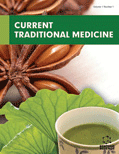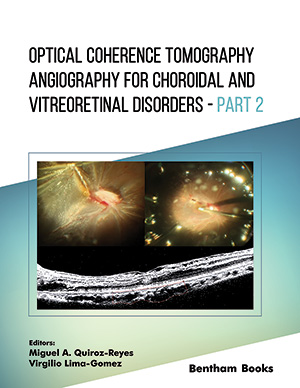Abstract
Background: Every living creature needs special Afʻāl (functions) to stay alive. Therefore, Afʻāl is the most important fundamental of the living body. Afʻāl is thought to be the principal target of an individual's existence. In terms of Afʻāl, the two states of the body, Ṣiḥḥat and Maraḍ (health and sickness), are represented. All movements, voluntary or involuntary, sensations, thoughts and memories are included in Afʻāl Nafsāniyya. Some psychic attributes are unique to humans, whereas some higher species of animals exhibit others, and any brain function can be interfered with to cause disease.
Methods: As much as literature was available regarding the same was collected, evaluated and summarised.
Results: For the continuation and maintenance of life, all faculties play their role; none of the faculty can keep the body completely functional on its own. Afʻāl Nafsāniyya (psychic functions) are performed by Quwā Nafsāniyya (psychic faculty). Afʻāl Nafsāniyya equips the body and protects it from hazards, thus playing an important role in the survival of an individual.
Conclusion: When Quwwat Nafsāniyya gets compromised, it affects Quwwat Haywāniyya (vital faculty) and Quwwat Ṭabī'iyya (natural faculty), making survival challenging and as a matter of fact, it may be stated that Afʻāl Nafsāniyya plays a crucial part in the survival of species directly and in continuation of species indirectly. This paper explores the importance of Afʻāl Nafsāniyya (psychological functions) in the survival of an individual.
Keywords: Afʻāl nafsāniyya, psychic functions, Quwwat nafsāniyya, unani medicine, body, braon functions.
[http://dx.doi.org/10.3389/fnins.2015.00055] [PMID: 25852451]
[http://dx.doi.org/10.1016/B978-0-12-375003-7.00008-X] [PMID: 21036327]






























